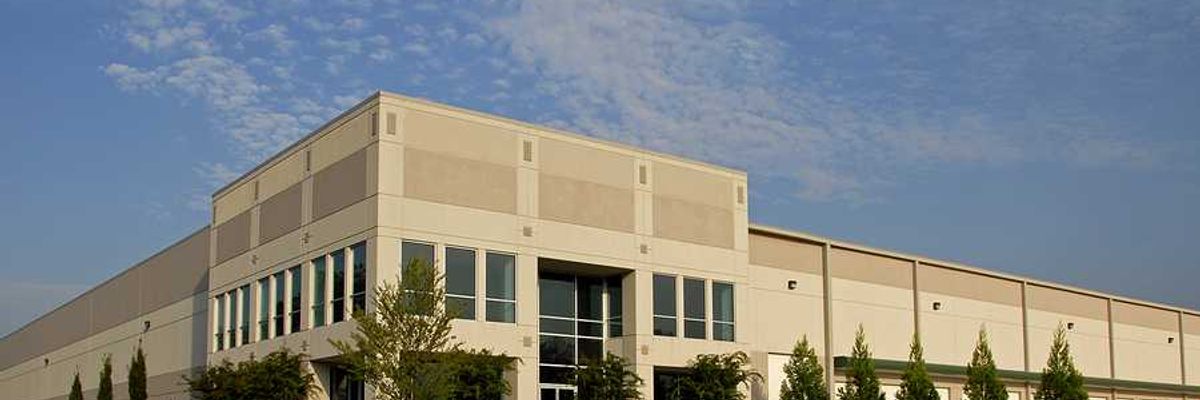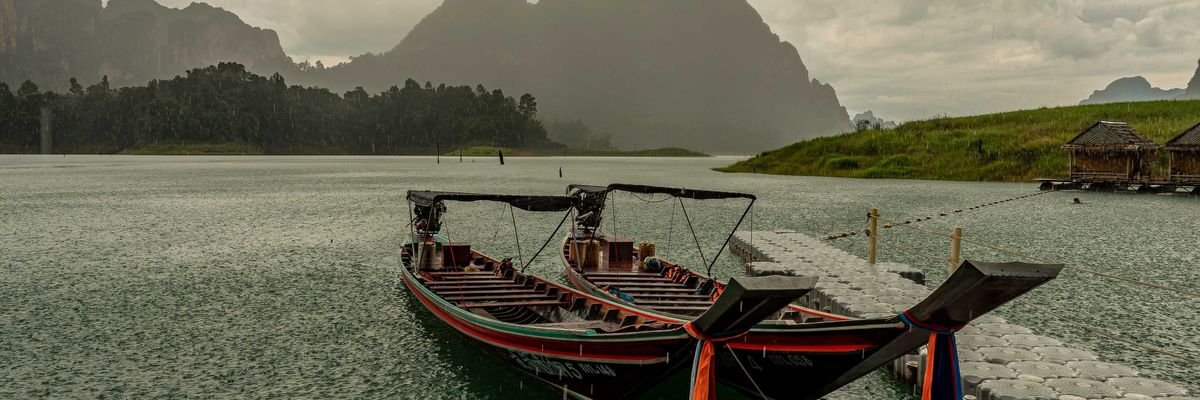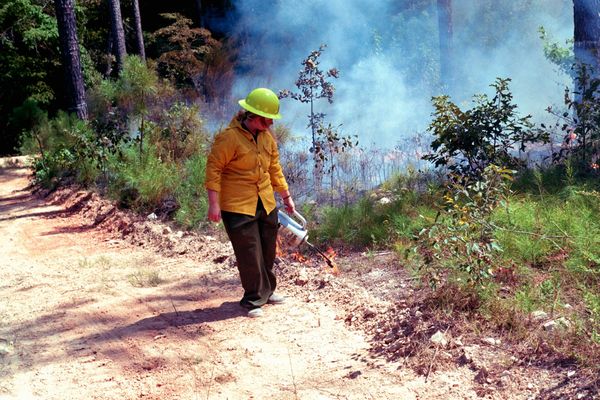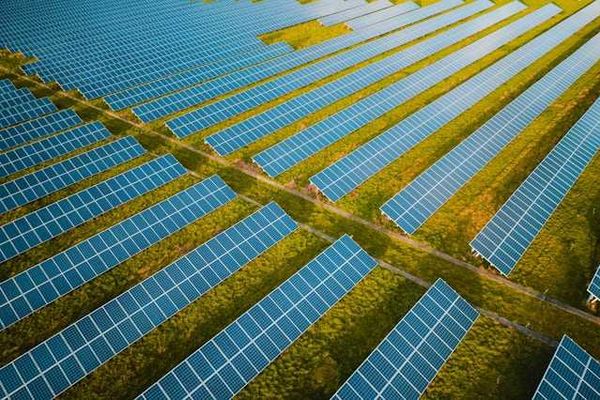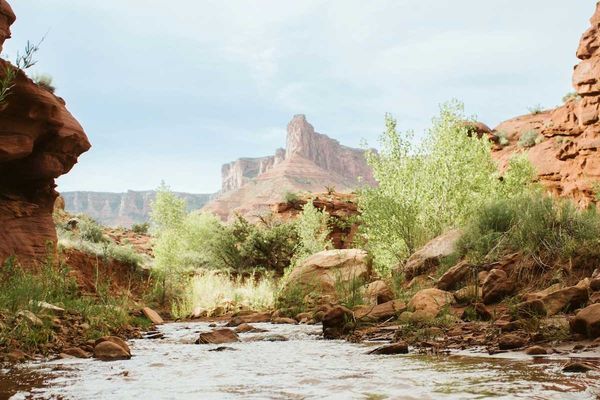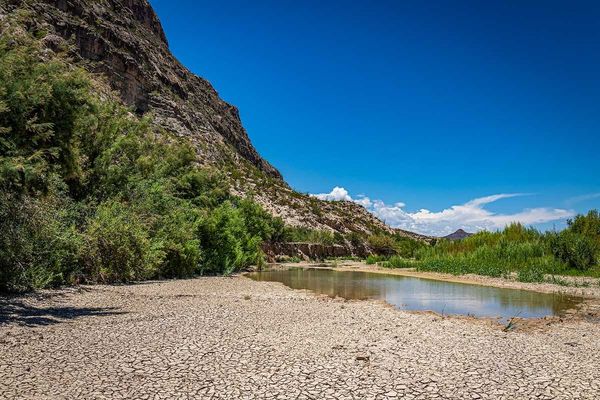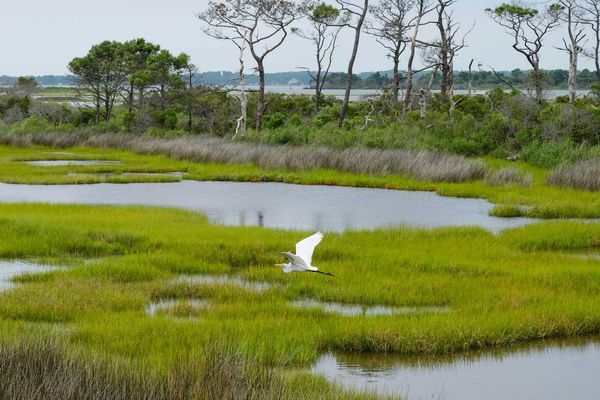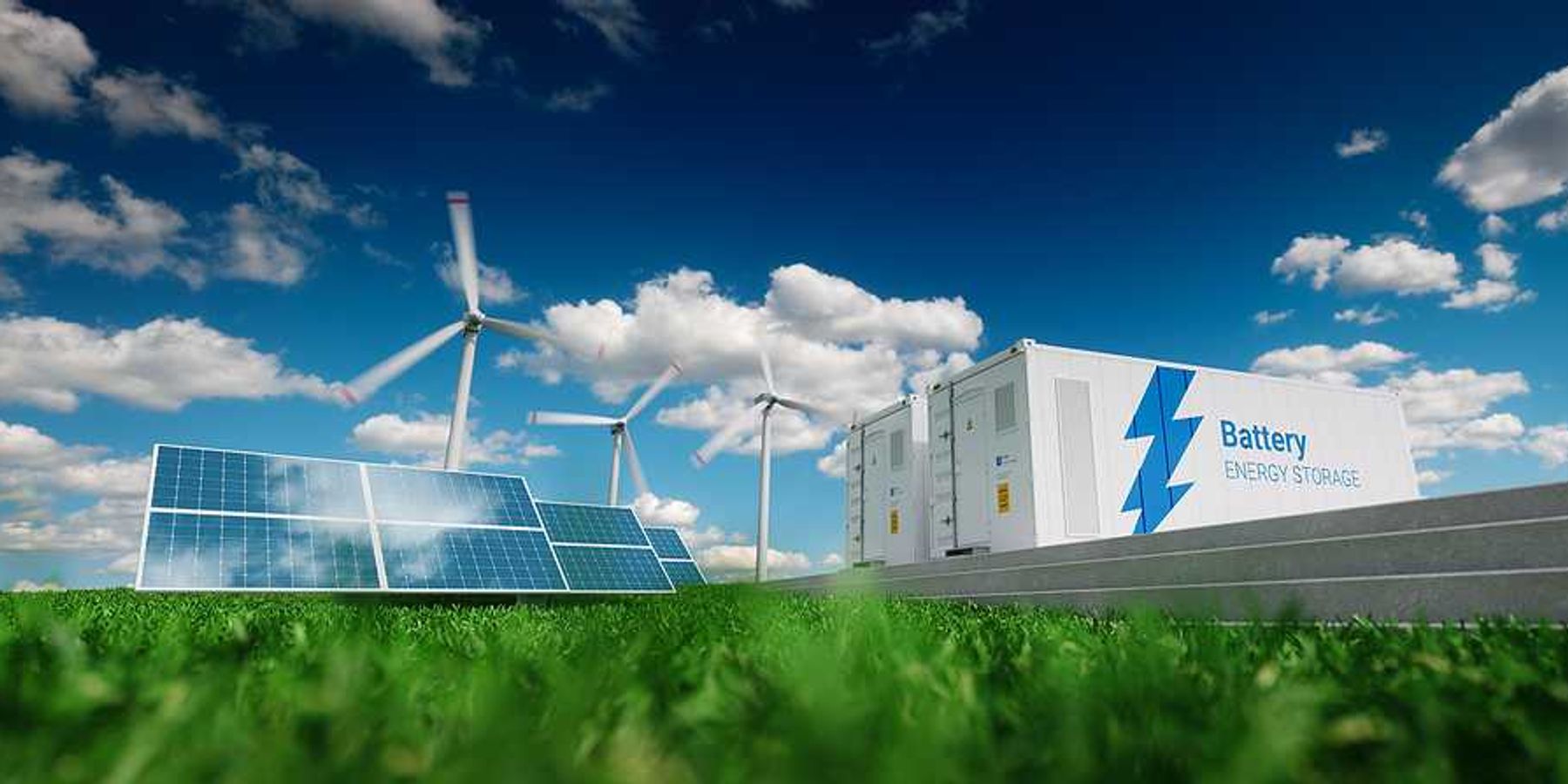biodiversity
Opinion
Photo credit: Marina Silva https://www.flickr.com/photos/marina-silva/ Creative commons: https://creativecommons.org/licenses/by/2.0/
Opinion: ‘The dinosaurs didn’t know what was coming, but we do’: Marina Silva on what needs to follow Cop30
Exclusive: Brazil’s environment minister talks about climate inaction and the course we have to plot to save ourselves and the planet.
Credit: Erik Morales/Unsplash
The U.S. Forest Service is falling further behind on wildfire prevention
President Donald Trump and his top Cabinet officials have repeatedly blamed catastrophic wildfires on poor forest management. His administration, however, appears to be lagging on that very work.
Newsletter
Credit: Benoît Deschasaux/Unsplash+
Portugal’s proposed Sophia solar park sparks backlash over environmental and community impacts
A massive solar park planned for the Beira Baixa region of Portugal has drawn intense opposition from municipalities and environmental groups, who warn the project’s scale could irreversibly damage landscapes, habitats and local livelihoods despite the developer’s assurances of mitigation measures.
Newsletter
Credit: Jason Hawke 🇨🇦For Unsplash+
WOTUS ‘wet season’ test would further shrink US regulatory reach
The Trump administration proposal offers an option for regulating only perennial waters, excluding a vast network of freshwater streams.
Newsletter
Credit: Gestalt Imagery/ BigStock Photo ID: 377724310
What the Rio Grande’s more frequent dry-outs mean for the region’s animals and ecosystems
The stretch of the river through Albuquerque has run dry twice since 2022, after not doing so for decades, impacting all forms of life that depend on its flows.
Credit: Photo by Bailey Alexander on Unsplash
BLM renews grazing permits with little environmental oversight
With dwindling oversight, cattle are grazing where they’re not supposed to and in greater numbers or for longer periods than permitted. This can spread invasive plants, pushing out native species and worsening wildfire risk.
Credit: Sara Cottle/Unsplash
From invasive species tracking to water security – what’s lost with federal funding cuts at US Climate Adaptation Science Centers
The people who manage America’s aquifers, wetlands, shorelines and recreation areas rely on federal science as they face new and rising risks in a changing climate.
ORIGINAL REPORTING
MOST POPULAR
CLIMATE


